views
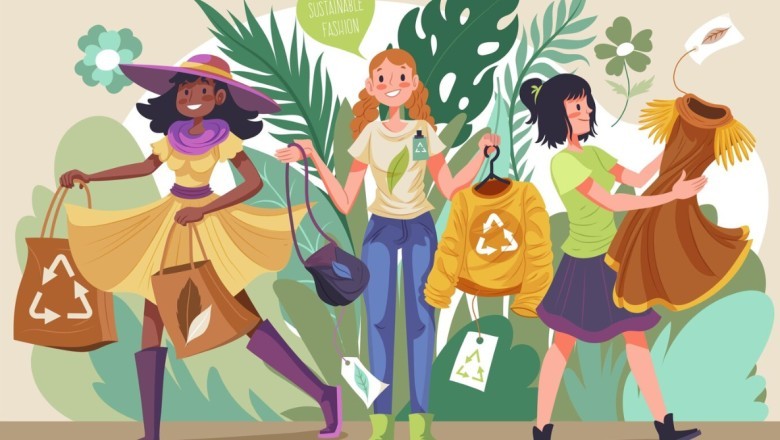
What Are the Latest Sustainability Trends in High Fashion?
Sustainable fashion has evolved from being a niche concept to a mainstream movement. Over the last few years, especially at the luxury end of the fashion spectrum. This is where the designers, brands, and consumers wish to truly acknowledge the significance of taking sustainability as an integral part of their daily practices. This blog reveals trends in high fashion in the field of sustainability studies.
What is Sustainable Fashion?
Sustainable fashion is clothing, accessories, and footwear that are produced with environmentally friendly conditions and ethical labor. This ranges from a broad practice among the following:
- Eco-Friendly Materials: Using sustainable fabric to cause minimal harm to the environment.
- Ethical Production: Ensuring that workers have fair working conditions and wages in their workplace.
- Waste Reduction: Involves coming up with strategies meant to enhance minimal waste in the supply chain.
As sustainability becomes an important consideration for consumers in their decision-making process, these principles are being taken up in ever-increasing numbers by high fashion brands.
Eco-Friendly Materials: The New Standard
The development of a focus on eco-friendly materials is one of the most interesting developments of sustainable fashion. Designers continue to push the innovative boundaries of textiles to create styles. These designs are as timeless and desirable as high fashion but do not compromise the aesthetic as much as possible on the environment.
Organic and Regenerative Fabrics
- Organic Cotton: Organically cultivated without artificial pesticides and fertilizers. Organic cotton is the best option for high-fashion designers who are concerned about sustainability.
- Regenerative Wool: This wool comes from farms that use regenerative forms of agriculture. It helps to improve soil health and biodiversity.
Alternative Fibers
Alternative fibers have become increasingly common in high fashion as environmentally conscious as they are fashionable:
- Tencel (Lyocell): It is made up of wood pulp from sustainable sources, biodegradable. It is manufactured using a closed loop to keep the waste costs low.
- Pinatex: This is a plant-based leather alternative made from pineapple leaf fibers. The alternative is the most animal-free yet still rich in style and quality.
Recycled Materials
Among the fast-rising recycled fabrics in high fashion are:
- Recycled Polyester: This is a product from post-consumer plastic bottles. This material cuts down on waste that goes into landfills while saving resources.
- Upcycled Textiles: Surplus or discarded materials now find their way into the hands of designers and are adopted into new garments. Cutting down on waste and even paving the way to circular fashion.
Ethical Production Methods
Some sustainability sources note that for high fashion, ethical production practices extend beyond just the materials. Brands today remain nothing if not transparent and responsible throughout their supply chains.
Fair Labor Practices
Fair labor practices have been more and more ensured by high fashion brands. For example:
- Living Wages: Meeting a living wage for the workers to support their families and communities.
- Safe Working Conditions: Engaging factories to operate with safety measures for the maintenance of the health and well-being of the workers.
Local and Artisan Production
Many designers are turning to local production methods, working in partnership with artisans and craftspeople. It will contribute to the local economy and lessen the carbon footprint of shipping.
Transparency and Traceability
Consumers become smarter-competent, more questioning of their clothes, and want to know where and how it was done. Brands are responding to that by
Today most of these luxury brands have been open about their supply chains. This has allowed the consumer to trace who made the clothes he or she purchased.
Sustainability Certifications: Other certifications would include those being Fair Trade and Global Organic Textile Standard (GOTS). This provides brands with opportunities to showcase ethical and sustainable practices.
Circular Fashion Initiatives
The idea of circular fashion in high fashion seems to focus on the creation of a truly closed-loop system. Where clothes are made to last and be recycled.
Take-Back Programs
Brands are also organizing take-back programs. This aims to attract consumers to return their old clothes for either recycling or up-cycling. All of these thus lead to :
- Increased reduction in waste: The extended garment life cycle by the brand minimizes landfill waste.
- Recycled Products: The returned items are made into new fashionable pieces to promote innovation and sustainability.
Rent and Resell Markets
Rent and resell markets have changed the way consumers perceive high fashion:
- Luxury Rentals: Businesses that allow consumers to rent rich clothes for special events reduce the demand for new products.
- Resale Platforms: One of the significant fast-growing alliances of high-fashion brands remains resale platforms. This enables consumers to acquire and sell pre-owned products, ultimately contributing to a circular economy.
Production Technology Innovations
Technologies are widely contributing to the art of shaping sustainability trends in the domain of high fashion. Innovations smooth the workflow of production, prevent waste, and reduce environmental damage.
3D Printing
Technology for 3D printing is becoming a dynamo to change the design and production of fashion items. This comes with advantages including:
- Waste Less: Unlike other manufacturing, 3D printing comes with very minimal waste as it utilizes only what is needed.
- Custom Made: A designer can go as far as creating unique custom pieces according to preference and tastes, boosting consumer interaction.
Digital Fashion
Digital fashion, which is making clothes and wearing them in virtual settings, is gaining huge popularity. There are so many benefits that emerge from this trend:
- Minimal Physical Waste: Digital fashion stops the need for actual production, hence it saves so much on the environment.
- Innovative Marketing: Brands can capitalize on digital fashion as a marketing campaign whereby consumers get to experience high fashion interactively.
Consumer Awareness and Education
However, educating consumers on sustainability is going to be one of the significant facts of the future of the fashion world. Increasing awareness about responsible consumption and sustainable living.
Storytelling and Transparency
High fashion houses are utilizing storytelling to reach consumers on a deeper level. Some of these ways include:
- Sharing Brand Values: If there is a possibility that brands can express their commitment towards sustainability and ethics. They connect with environmentally concerned consumers.
- Transparency of Sources: The information about the source and manufacturing process resonates with the customers. It also promotes the loyalty of customers.
Workshops and Events
More than ever, brands are organizing workshops, events, and other collaborations to raise awareness among consumers about sustainable fashion.
- Consumerism campaigns: These campaigns of responsible consumerism encourage customers to be cautious about their purchases. Also, to choose sustainable consumption options.
- Community Engagement: Develop a community of people belonging to similar schools of thought with an interest in both fashion and sustainability.
Conclusion
High fashion sustainability rapidly advances in becoming more responsible and ethical. Future high fashion will be driven by the latest trends in sustainable high fashion, which encompasses embracing an eco-friendly material, responsible production practices, circular fashion projects, and new technologies.
High fashion with a priority on sustainability will make style look more appealing and play an important role in solving the current challenges in our world. In this regard, because time is slowly changing, coupled with the ever-growing number of conscious beings, demand for sustainable clothing will continue to grow, offering style a new age in which beauty meets social responsibility.
No matter where you are or who you are, this is a constantly changing landscape; the question becomes: how can you contribute to the movement towards sustainable fashion? Be it eco-friendly brand choices, participation in rental or resale markets, or advocacy for change, every small action counts towards that more sustainable future.

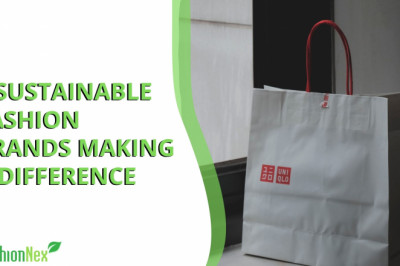
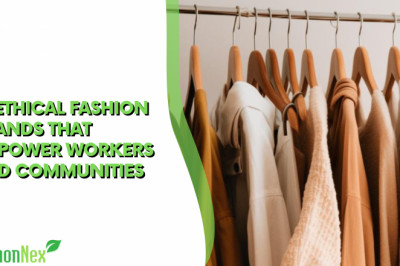

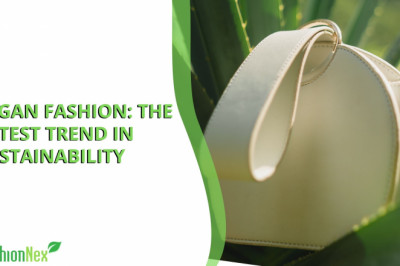
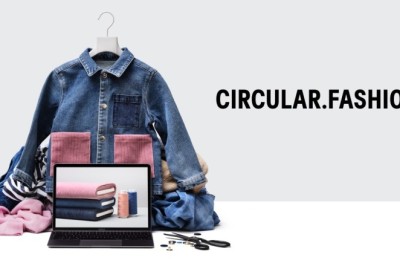
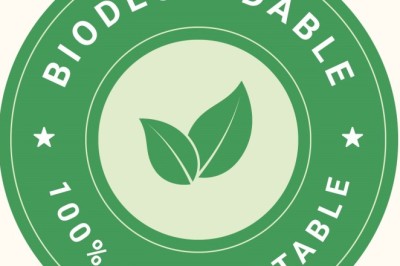
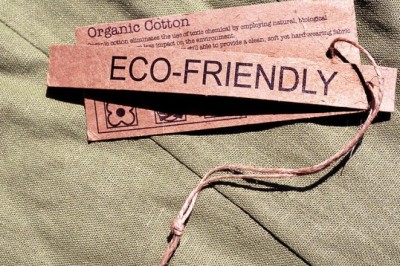

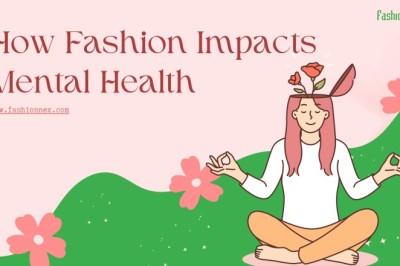

Comments
0 comment